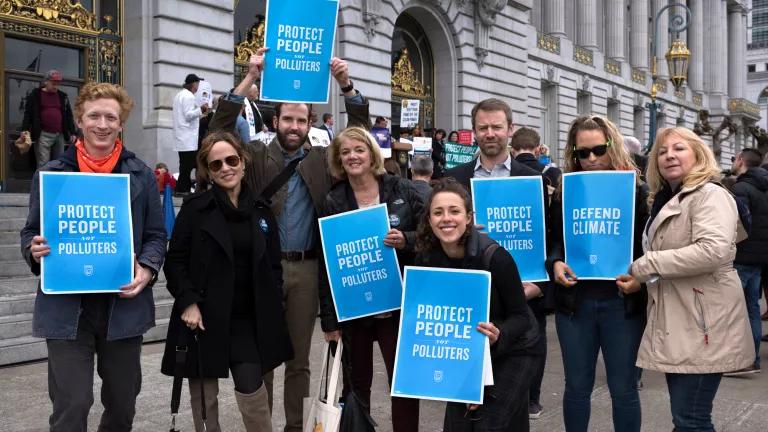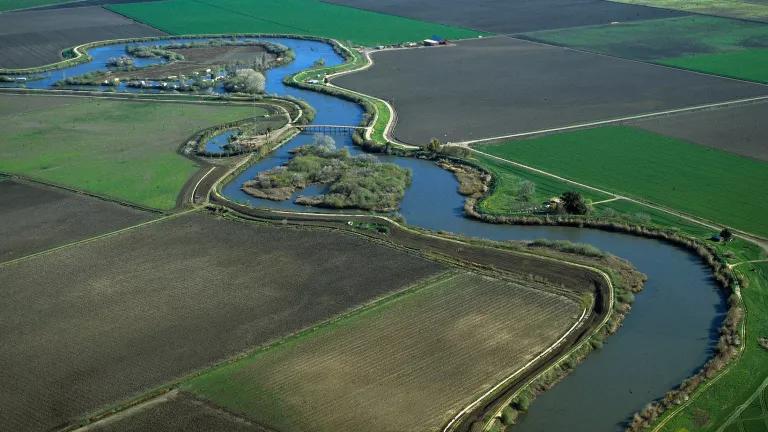You Can Help Restore California’s Natural Environment
We hope you’ll join us in telling the Newsom Administration that you value California’s natural resources and want to see them better protected and restored.

Governor Newsom signed an Executive Order in October 2020 that sets California on a path to protect 30 percent of our lands and waters by 2030 (known as 30x30). State agencies have asked for input on how to realize that vision. This is your chance to tell the state what is important to you to protect!
When visiting California’s majestic redwoods, breathtaking coastline, or high Sierra peaks, it is not hard to understand that a thriving natural world offers us incredible beauty and a calming retreat. But saving nature and biodiversity provides us with so much more that we often overlook in our daily lives. Forests clean our air and sequester carbon. Wetlands and riparian areas filter contaminants from our drinking water and absorb stormwaters, protecting us from harmful floods. Rivers and oceans provide us with healthy food and cool air temperatures. And all of these areas provide habitat for the critters that support us: pollinators that maintain our crops; birds that control rodent populations; animals that yield important medical breakthroughs; and even the worms and microbes that keep our soils healthy.
In embarking on this ambitious 30x30 initiative, NRDC is urging the state to prioritize places for protection that address the twin crises of biodiversity loss and climate change, and that improve access to nature for historically nature-deprived communities. As more than 240 California-based scientists and researchers explain in this letter supporting 30x30,
As a globally significant biodiversity hotspot with an exceptional concentration of endemic and imperiled species, California has much to protect for the sake of our national and global communities. At least 686 California species are at risk of extinction and two-thirds of the state’s native plants are forecasted to lose 2 most of their range in the next 100 years (Loarie et al. 2008). California has lost more than 1 million acres of natural area due to development (Lee-Ashley et al. 2019). Climate change is reducing the ability of ecosystems to provide clean water and regulate water flows, limiting the ability of nature to buffer communities against disasters such as wildfires, storms, floods and marine heatwaves (Melillo et al. 2014). As California’s health and economic systems are challenged by the COVID-19 global pandemic, which likely was spread from animals to humans as a result of habitat loss and overexploitation (Johnson et al. 2020), the effect of the biodiversity crisis on people is more pronounced than ever.
Restoring at-risk natural systems will help reverse the tide of extinctions, but it also fights climate change. Healthy natural landscapes store vast amounts of atmospheric carbon dioxide. Nature-based solutions to climate change include restoring carbon-absorbing forests and wetlands, altering farming practices to restore soil’s capacity to sequester carbon, and protecting grasslands and oceans that already soak up an enormous amount of human-generated carbon emissions.
30x30 also provides a critical opportunity to correct historical disparities in access to nature. Many communities have been excluded from the decision-making processes around and benefits from conservation for too long. Communities of color are three times more likely than white communities to live in nature deprived places. The 30x30 initiative opens the door to a new, more inclusive model of conservation that is science-based, locally driven, and engages all stakeholders, from tribal and Indigenous communities to farmers, ranchers, and outdoors enthusiasts.
We hope you’ll join us in telling the Newsom Administration that you value California’s natural resources and want to see them better protected and restored.



